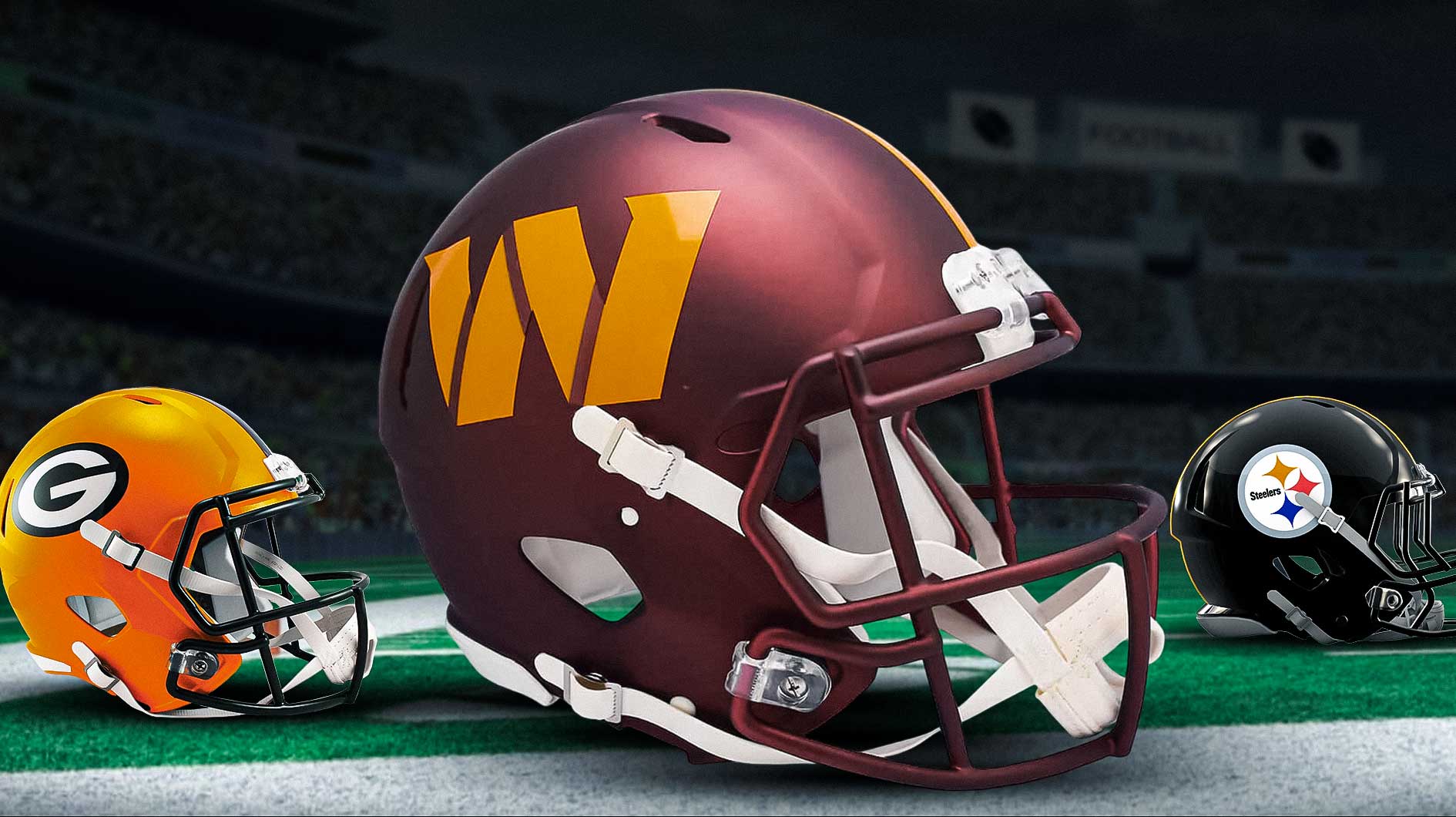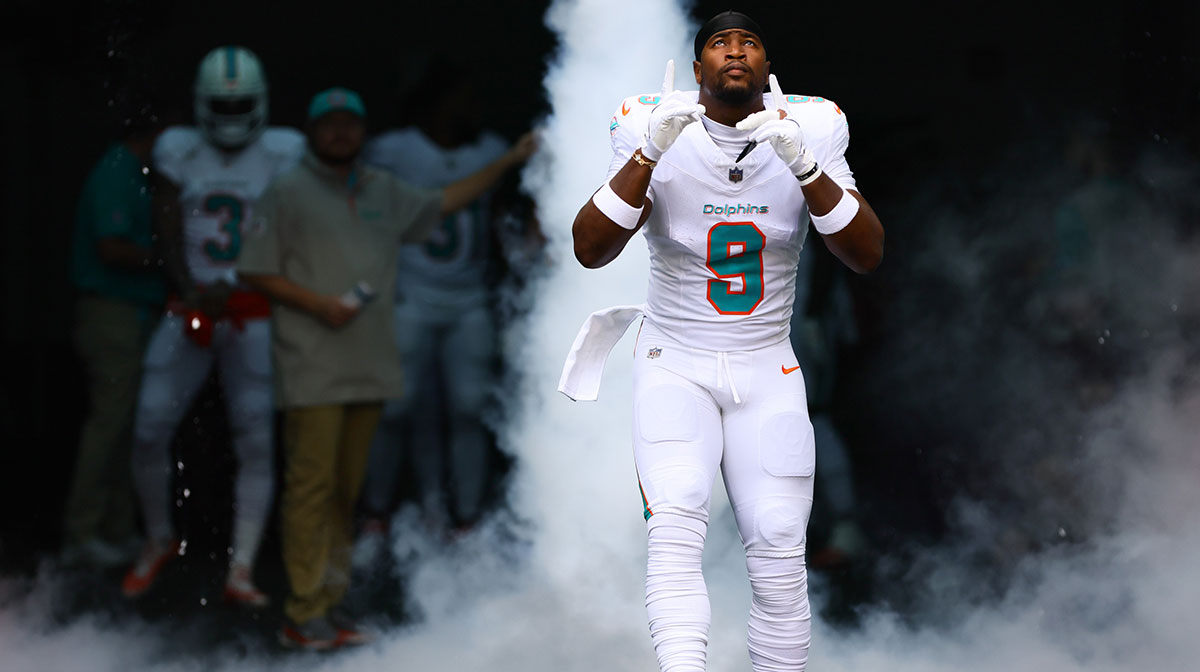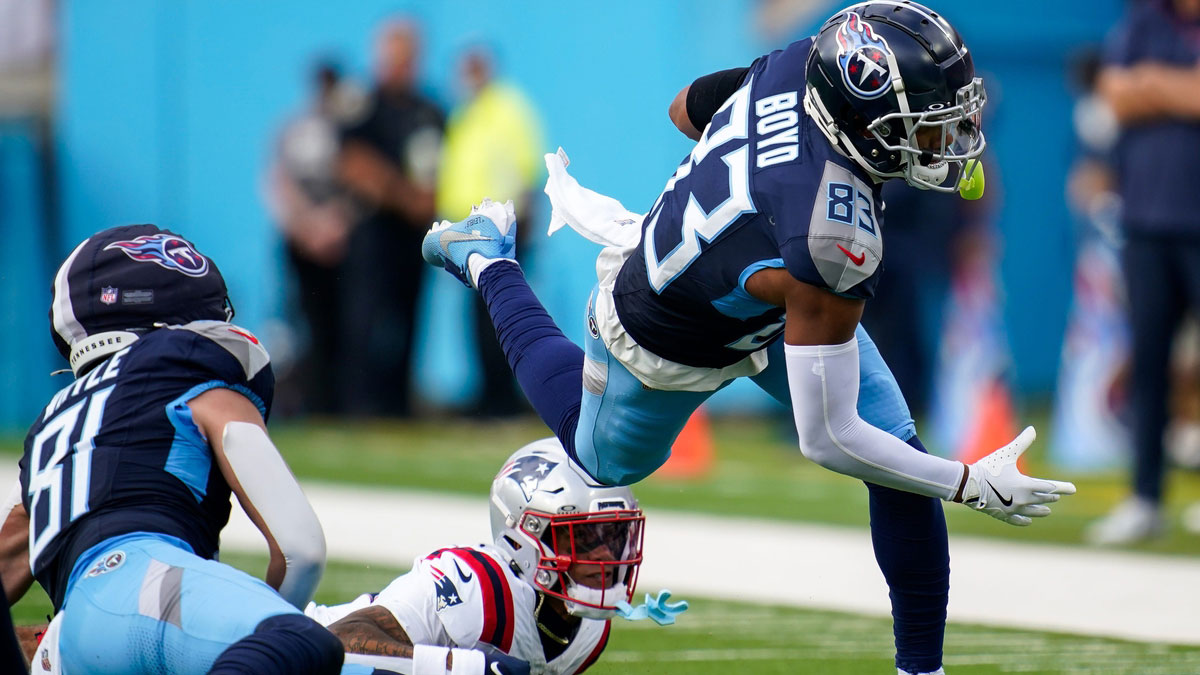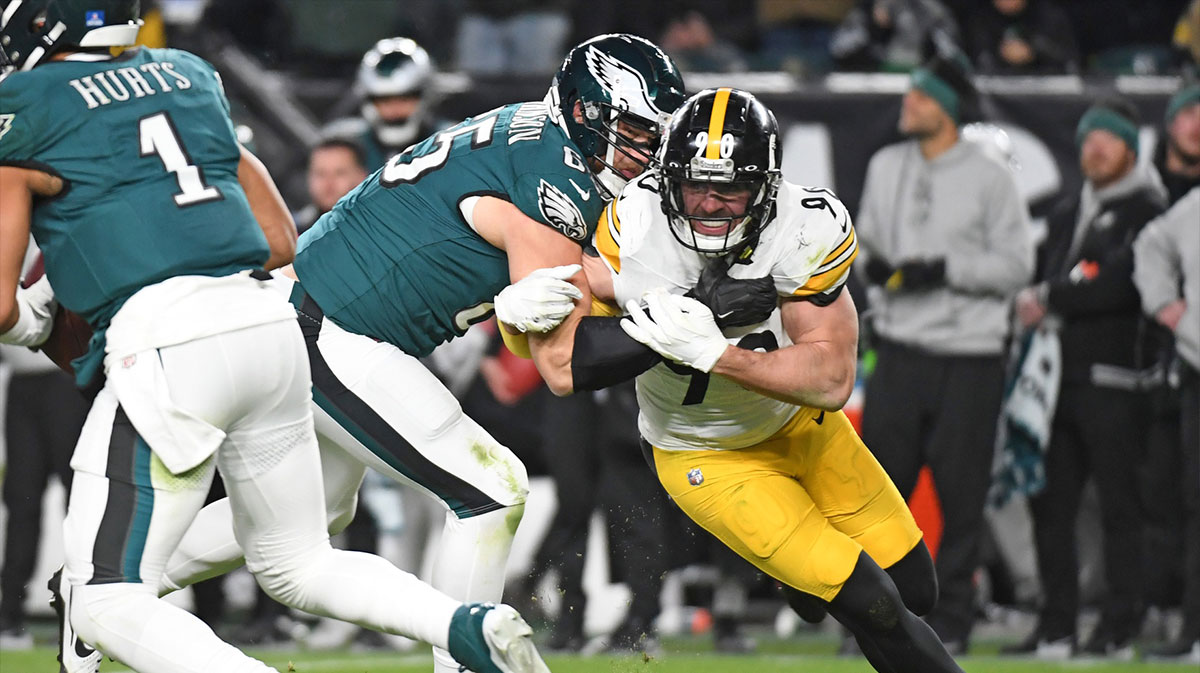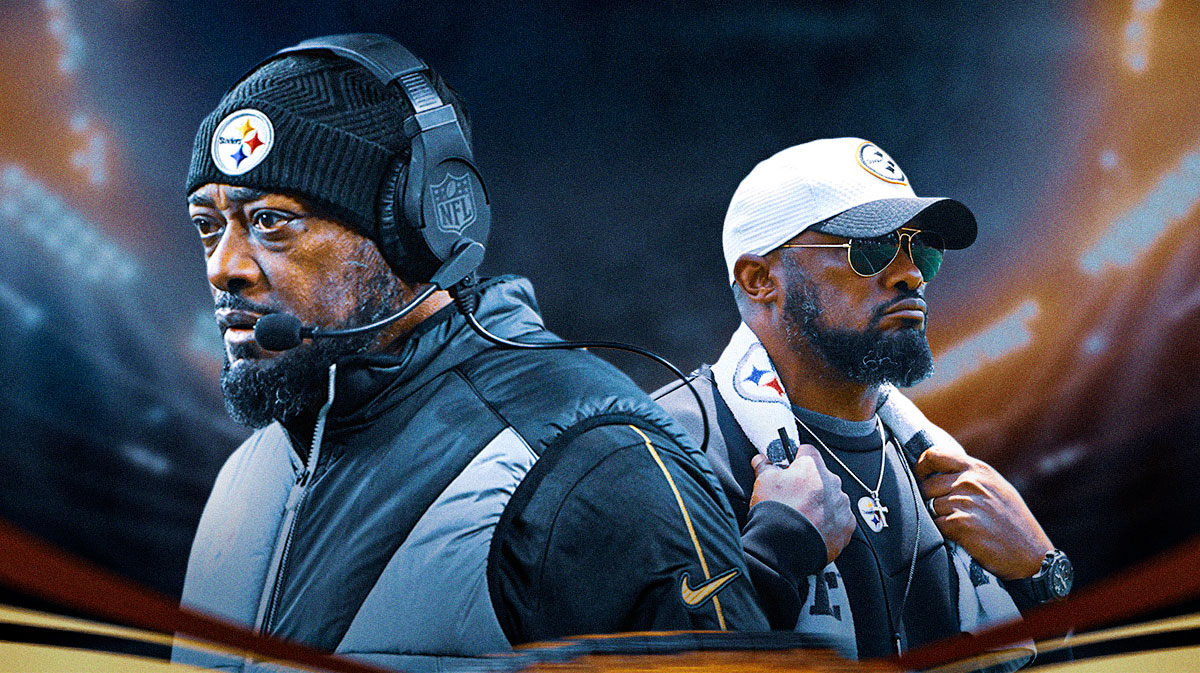Throughout their history, the Pittsburgh Steelers discovered plenty of late-round stars. For instance, the team drafted both Dwayne Woodruff and Greg Lloyd in the sixth-round. Other players, like Rocky Bleier, Andy Russell, and Mike Wagner, didn't hear their names called until the draft entered double-digit rounds.
However, five picks stand out in Pittsburgh's history as true steals. All five players performed at borderline Hall of Fame levels and developed pivotal roles in the franchise's history.
For this article, a draft steal represents a player who provided exceptional value for his draft position. Therefore, third or fourth-round picks could classify as steals if the player performed at a Hall of Fame level.
5. Hines Ward, WR
In 1998, the Steelers drafted Ward in the third-round, with the 92nd overall selection. The Georgia product changed his position several times in college, before permanently settling on wide receiver. He never produced a 1,000-yard receiving season with the Bulldogs.
Ward began seeing starting time by his second season in the NFL. However, his first 1,000-yard season didn't come until his fourth year with the Steelers. Ward then strung together four consecutive Pro Bowl seasons. He earned Second-Team All-Pro honors in three straight seasons (2002-2004).
By the time Ward retired following the 2011 season, he held all of Pittsburgh's significant career receiving records. He also walked away from the game with two Super Bowl titles and Super Bowl XL's MVP.
4. Mel Blount, CB
Another third-round pick, the Steelers grabbed Blount with the 53rd overall selection in 1970. While he went earlier than Ward, Blount built one of the best resumes by a cornerback ever.
During his 14-year career with Pittsburgh, Blount intercepted a franchise record 57 passes. He went to five Pro Bowls and earned First-Team All-Pro honors twice. Blount also won the 1975 Defensive Player of the Year award for leading the NFL with 11 interceptions.
One of the most physical cornerbacks of all-time, the league changed its rules to counter Blount's aggressive play. Starting in 1977, the league instituted the Mel Blount Rule, which stated defenders could only contact wide receivers within five yards of the line of scrimmage. The rule adopted Blount's name because the corner excelled at bludgeoning receivers near the line of scrimmage.
Blount played a significant role in all four of Pittsburgh's Super Bowl victories during the 1970s.
3. L.C. Greenwood, DE
The Steelers drafted Greenwood with the 238th overall pick in the 10th-round of the 1969 NFL Draft. During his 13-year career, Greenwood built a lasting legacy as a member of the Steel Curtain and won four Super Bowls.
Greenwood and Joe Greene developed into a destructive duo on the team's star-studded defensive front. Greenwood made six Pro Bowls and earned two First-Team All-Pro selections during his career, and retired as the unofficial holder of Pittsburgh's franchise career sack record with 73.5 sacks.
2. Antonio Brown, WR
While Ward holds the title of the greatest Steelers receiver, Brown far outperformed his sixth-round draft selection. Pittsburgh drafted Brown with the 195th overall pick in the 2010 NFL Draft. By his fourth season, Brown ranked among the best active pass-catchers in the league.
Brown's lasting legacy may focus on the events from the past year, but he served as a pillar of Pittsburgh's franchise for more than half a decade. From 2013 to 2018, he amassed 686 receptions for 9,145 yards and 67 touchdowns. During those six years, Brown made every Pro Bowl and earned four First-Team All-Pro selections.
Before everything came crashing down, Brown seemed on pace to retire as the greatest Steelers wide receiver of all-time. Now, it'll be a fight for him to get back on the football field.
1. Mike Webster, C
Pittsburgh found Iron Mike in the fifth-round of the 1974 NFL Draft. That same year, the franchise selected future Hall of Famers in the first, second, and fourth-rounds. The Steelers also snagged undrafted free agent Donnie Shell, who was inducted into the Pro Football Hall of Fame this year.
Webster became the lowest selected player from the 1974 draft to make the Hall of Fame. Canton officially inducted Webster in 1997, after he spent 15 years with the Steelers and two with the Kansas City Chiefs.
During his career, Webster went to nine Pro Bowls, and the Associated Press selected him as a First-Team All-Pro five times. He appeared on two All-Decade teams and participated in all four of Pittsburgh's Super Bowl seasons during the 1970s. Today, fans remember Webster as arguably the greatest center of all-time.

